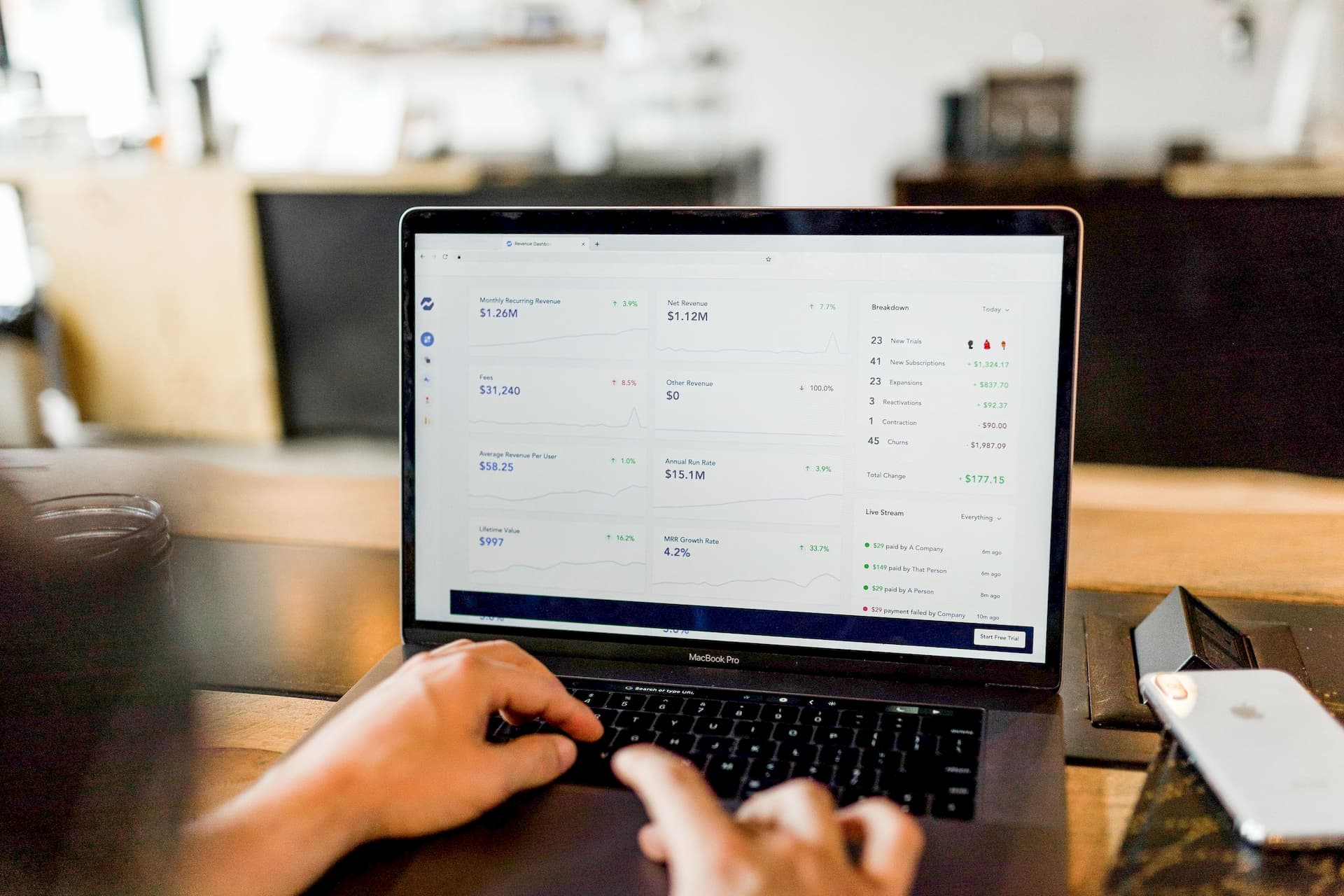The Subscription Economy: A New Model for Business Growth?
October 11, 2020

4 min

The subscription economy is a business model for those interested in scaling their business. Netflix, Swapfiets, Adobe - it seems like everybody’s doing it. The subscription economy has become the cross-industry growth trend in recent years. It’s based on a simple concept: a subscription system which uses the technical advantages of digital transformation to help companies grow. What’s so appealing about this in the 21st century and could a subscription model also boost your company’s growth? Let’s take a closer look at this business model and some of its key components.
The “As A Service” Revolution: Flexibility as the key to success
What we expect from companies nowadays in regards to their products and services is not the same as 30 years ago. Our society is changing and along with it our individual consumer behavior. Flexibility and individuality are the pillars on which the subscription economy is built upon. Traditional business models are being replaced by innovative subscription models and physical products are being redesigned as convenient, flexible services.
Netflix is the subscription economy’s poster child: a company which has grown incredibly quickly due to their subscription model. The most important thing Netflix offers its subscribers isn’t a certain movie or series, but a unique user experience. Unlike a customer who buys a single DVD, Netflix subscribers have access to an array of options including recommendations individually tailored to their tastes to keep them entertained. It’s the dawning of a new age in customer relations: services instead of products, access instead of ownership. The focus of this new approach is the customer experience, and technological advances have made it possible for businesses to get to know their customers and their needs better. Products and services can be specifically targeted to customers desiring them, allowing for a more personal bond between consumers and brands.
Regarding social trends, the subscription economy embodies a modern, profit oriented scalable business model. This is by no means exclusively the domain of e-commerce or solely for purchasing products and services online. The most well-known “as a service” example is software as a service, such as the Adobe Creative Cloud subscription, which utilizes a form of cloud computing. Yet businesses in other industries are leading the way as well: Hello Fresh offers subscriptions for their meal kits, Swapfiets for their bicycles, Unicorn Workspaces for their flexible office spaces.

Scaling with the subscription model: 5 key figures
Subscription models are a financially attractive option for companies because they generate a constant flow of income. They’re flexible monetization models which offer the opportunity to design your own adjustable pricing structure. Ultimately, the success of a subscription business depends on whether its proceeds cover its expenses. It’s necessary for the costs of attracting new customers to be lower than the customer lifetime value (CLV). Below are 5 relevant key figures for measuring the success of a subscription model:
- The costs of acquiring new subscribers: all pooled expenses for generating new subscribers, for example, marketing expenses, sales commissions.
- Monthly recurring income: The monthly amount of fixed income (net users/monthly subscription fee)
- Customer churn (customer loss within a given period): subscriptions are quickly ordered and quickly canceled - this is an important figure to watch.
- Monthly reoccurring costs: Expenses are necessary to generate income, nevertheless these figures should be monitored.
- Customer lifetime value (CLV): customer lifetime value is the total turnover per subscriber earned during the business relationship.
“To subscribe or not to subscribe, that is the question"
Subscriptions - with their flexibility, customizability and simplicity - fit right in with our times. Modern consumers don’t want to miss out on anything and prefer having access to more over ownership of less. The subscription economy is the rational response to consumer behavior in the 21st century. Thanks to increasing insights into customer behavior, products can easily be improved and users easily retained, giving companies the benefit of a predictable income flow. These are optimal conditions for business growth. However, at the same time, customers have also become more demanding. It’s not enough for a product to simply be attractive, it must also provide a unique, personal experience - there has to be added value. In addition, there are also the IT hurdles of implementing a subscription model and additional requirements for billing processes and accounting. So in the end, “to subscribe or not to subscribe“ is a decision that not just consumers, but also companies considering subscriptions as a way to scale their businesses, will have to consider.